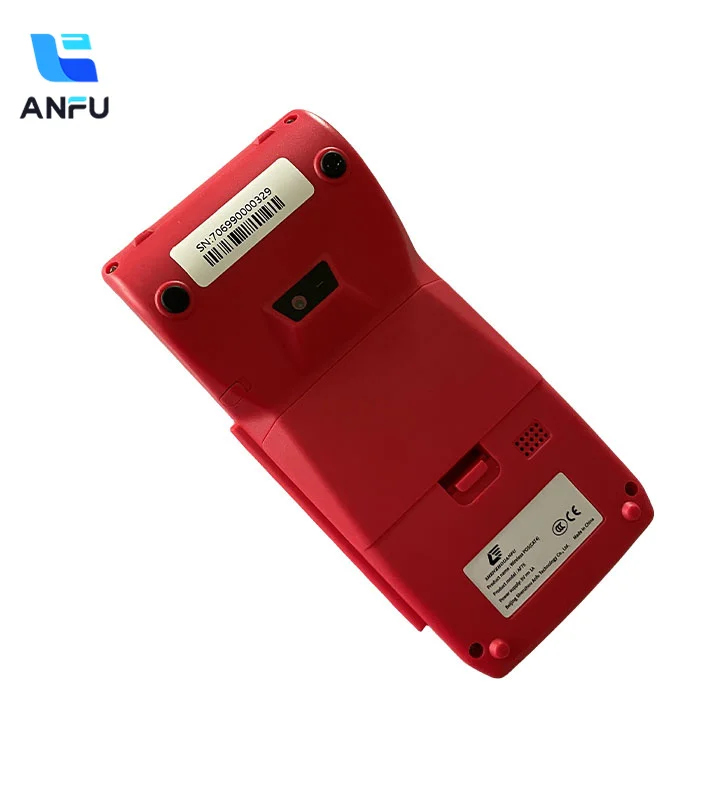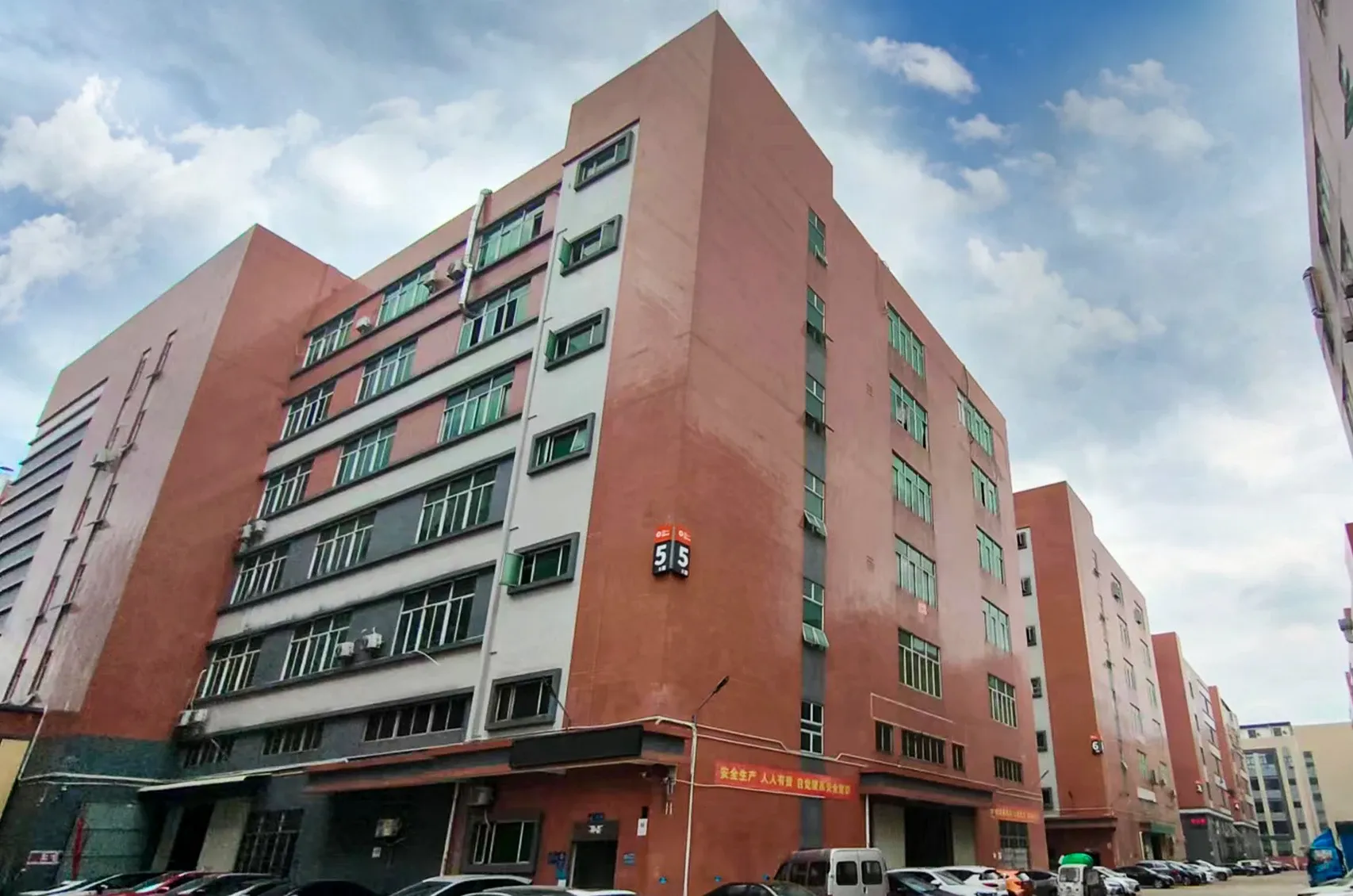
Поза своїми основними функціями POS, Android термінал стає універсальним інструментом для оптимізації бізнес-операцій. Завдяки потужним функціям управління запасами, підприємства можуть без зусиль відстежувати рівні запасів, спростити процеси поповнення та зменшити нестачу товарів. Інструменти звітності з продажу надають безцінні дані про показники ефективності, надаючи підприємствам можливість приймати рішення на основі даних, які сприяють зростанню. Крім того, інтегровані інструменти управління взаємовідносинами з клієнтами (CRM) дозволяють підприємствам розвивати значущі зв'язки зі своїми клієнтами, сприяючи лояльності та повторним продажам. По суті, POS Android термінал виходить за межі своєї ролі простого транзакційного пристрою, перетворюючись на комплексне рішення для підприємств, які прагнуть процвітати в цифрову епоху.

POS Android термінал є драйвером, який краще залучає клієнтів і покращує досвід клієнтів. Він має інтуїтивний інтерфейс користувача, швидко обробляє транзакції, зменшуючи черги в точці продажу і, в кінцевому рахунку, призводить до збільшення загальної задоволеності клієнтів. Крім того, він дозволяє продавцям надавати цифрові квитанції своїм клієнтам, а також легко поєднувати програми лояльності, а також налаштовувати акції. Вони можуть використовувати різні стратегії, використовуючи POS Android Terminal, щоб стати постійними брендами, які торкаються сердець людей.

Підсумовуючи, POS Android термінал є яскравим світом прогресу і ефективності в бізнесі, де технологія зустрічається з дизайном і зручністю. Це призводить до зниження витрат, а також збільшення обсягів продажів, що дає більш високі прибутки. POS Android термінал модернізує транзакції в організаціях, що призводить до безпрецедентної ефективності в роздрібному торгівлі та гостинності.

POS Android термінал є оплотом безпеки даних у сучасній сфері транзакційної безпеки. Це забезпечує захист та цілісність чутливої транзакційної інформації за допомогою передових протоколів аутентифікації та шифрування. Термінал зміцнив свою архітектуру безпеки, прийнявши криптологію з кінця в кінець і строго дотримуючись стандартів відповідності PCI, що викликає довіру як у бізнесу, так і у клієнтів. У час зростання кіберзагроз, POS Android Terminal є непорушним захисником конфіденційності даних та довіри клієнтів, забезпечуючи таким чином сприятливе середовище для безпечного здійснення торгівлі.

Головне, що робить цей ПОС-термінал для Android - це полегшує транзакції, але він також містить багато інших функцій. Бізнес може легко відстежувати рівень запасів і оформляти замовлення на поповнення, а також мінімізувати дефіцит запасів за допомогою повідомлення в режимі реального часу, маючи потужні функції управління запасами. Крім того, складні інструменти звітності про продаж забезпечують показники продуктивності, які інформують компанії щодо прийняття рішень через розуміння даних, що призводить до зростання ринку бізнесу та його рентабельності. Крім того, інтегровані функції управління відносинами з клієнтами (CRM) дозволяють підприємствам розвивати тривалі зв'язки зі своїми клієнтами за допомогою персоналізованого контакту та орієнтованих акцій, які створюють лояльність, що призводить до повторних покупок.

Заснована у 2015 році, компанія Beijing Shenzhou Anfu Technology Co., Ltd є високотехнологічним підприємством, яке спеціалізується на проектуванні, розробці та продажу модулів та термінальних продуктів безпеки. Наша компанія отримала багато сертифікатів, включаючи сертифікацію високотехнологічного підприємства, сертифікацію продукції терміналів прийому карток UnionPay, сертифікацію програмного забезпечення та сертифікацію системи управління якістю ISO9001:2015.
З нашим розгорнутим заводом площею 35,000 квадратних метрів у Тіаньшіні, ми експлуатуємо 15 виробничих ліній, присвячених системам MPOS (Мобільна точка обслуговування). Наш штат складає більше 700 кваліфікованих працівників, які присвячені створенню інноваційних розв'язків для задовolenня змінюваних потреб наших клієнтів.
Наш широкий асортимент продукції включає Смарт Android POS, Смарт Мобільний Платіжний Термінал, Переносну Касову Апаратуру, Касовий Android Термінал, Переносний Касовий Термінал, Смарт Касовий Термінал, Міні Касову Апаратуру, Бездротову Касову Апаратуру, Касову Апаратуру На Базі Android та Традиційну Касову Апаратуру. У Shenzhou Anfu ми присвячені досягненню відмінності, забезпечуючи високу якість, надійність та безпеку всіх наших продуктів.
Наш Смарт Android POS, портативна POS-машина та інші продукти пропонують комплексне рішення для ваших потреб у POS. Завдяки всебічним апаратним опціям та універсальним можливостям інтеграції програмного забезпечення, наші системи безперешкодно інтегруються у вашу існуючу налаштування, забезпечуючи безперебійну роботу з першого дня.
Підтримувані суворим виробничим процесом та жорсткими заходами контролю якості, наші продукти гарантують безпрецедентну якість та надійність. Кожен етап виробничого процесу відповідає найвищим стандартам, а наші продукти проходять ретельне тестування якості, щоб забезпечити відмінну продуктивність та довговічність.
Як виробник безпосередньо з фабрики, ми пропонуємо конкурентоспроможні ціни без компромісів у якості. Наші оптимізовані виробничі процеси дозволяють нам ефективно контролювати витрати, що дає можливість передавати заощадження нашим клієнтам. Зв'яжіться з нашою командою продажів для отримання детальної інформації про ціни, адаптованої до ваших конкретних вимог.
Скористайтеся простотою установки та налаштування наших продуктів, підтримуваних комплексними навчальними програмами та проактивною підтримкою обслуговування. Від початкової установки до постійного обслуговування, Shenzhou Anfu забезпечує безперебійну роботу, дозволяючи вам зосередитися на вашому бізнесі.
POS Android Terminal виділяється завдяки своїм передовим функціям, включаючи надійні опції підключення, зручний інтерфейс для користувача та посилені заходи безпеки, що забезпечують безперешкодну роботу та задоволення клієнтів.
POS Android Terminal використовує передові протоколи шифрування та аутентифікації для захисту конфіденційних даних та транзакцій, що забезпечує спокій у все більш цифровому світі.
Так, POS Android Terminal може бути налаштований відповідно до ваших унікальних потреб, будь то брендинг, налаштування програмного забезпечення або поліпшення апаратного забезпечення, забезпечуючи індивідуальне рішення, яке відповідає вашим бізнес-цілям.
POS Android Terminal спрощує транзакції завдяки інтуїтивному інтерфейсу, надійним опціям підключення та швидким можливостям обробки, мінімізуючи час очікування та оптимізуючи робочі процеси для підвищення операційної ефективності.
